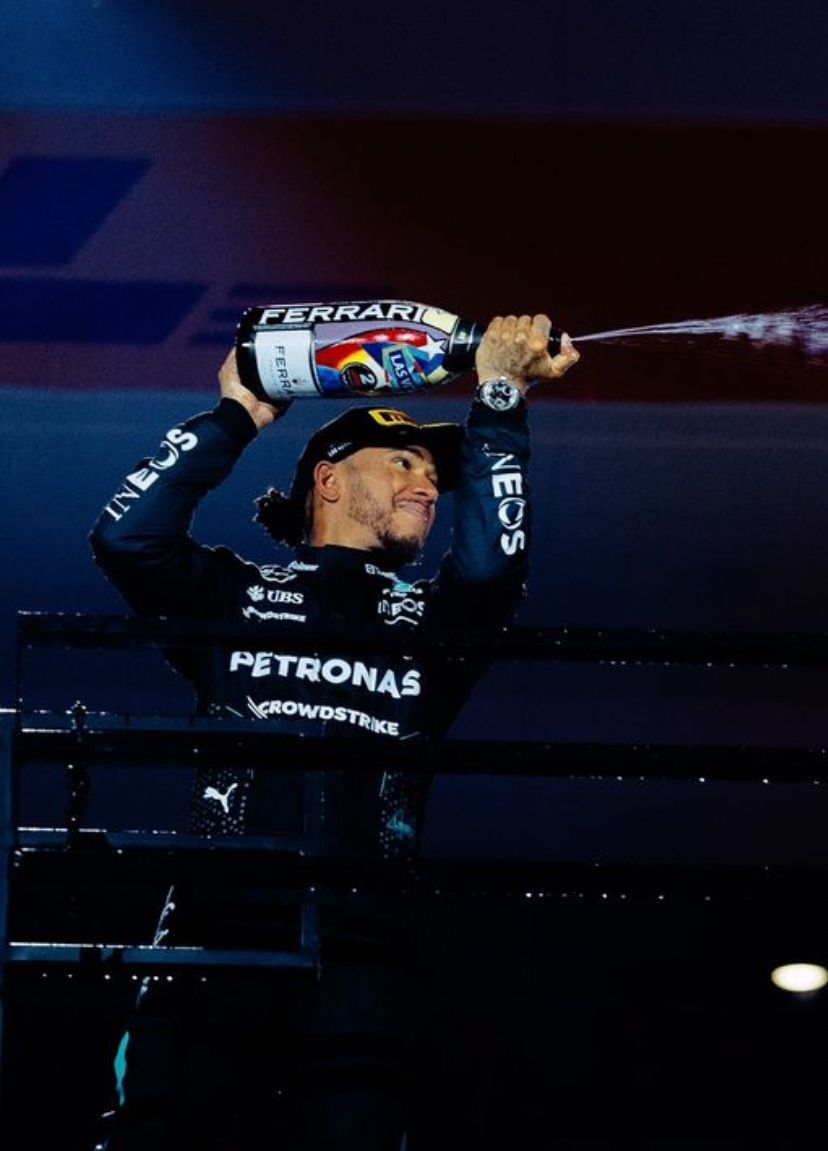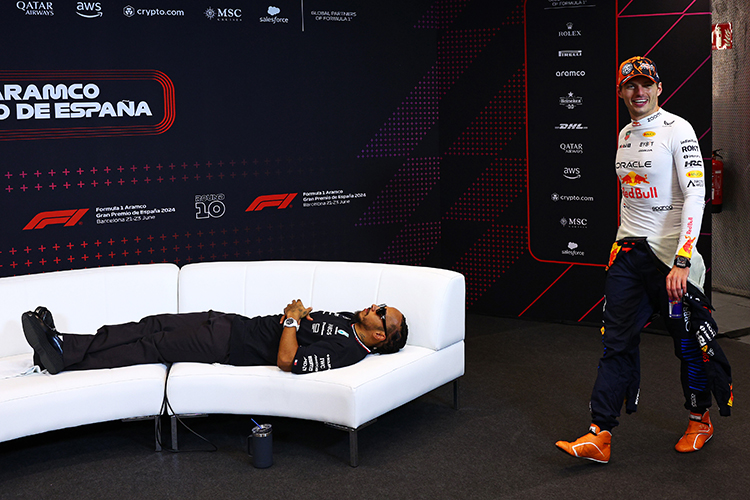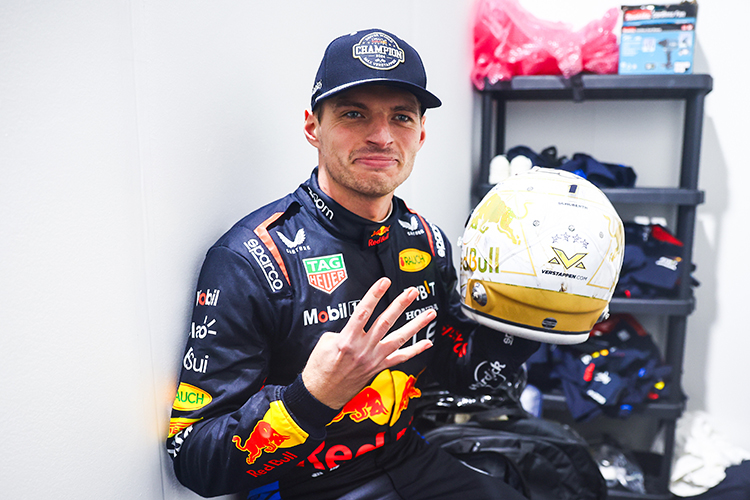Can You Wear Glasses as a F1 Driver? Vision Solutions for Racing

Formula 1 World Champions: A legacy of racing legends
Can you wear glasses as a F1 driver?
Can you wear glasses as a Formula 1 driver? Learn how F1 drivers manage their vision with glasses, contact lenses, and advanced optical technologies.
Vision is critical for Formula 1 drivers, where split-second decisions and perfect clarity are required to navigate high-speed tracks. But can F1 drivers wear glasses while racing? The answer is yes, but it's not without its challenges. Let's explore how F1 drivers manage their vision, and how glasses fit into the equation.
Vision Requirements in Formula 1
Clear vision is one of the most vital requirements for F1 drivers. The ability to see the track, the competitors, and various signals accurately is essential not only for performance but also for safety. As part of the FIA’s (Fédération Internationale de l'Automobile) rigorous licensing process, all F1 drivers undergo comprehensive eye examinations to ensure their vision meets the sport’s high standards.
Wearing Glasses in Formula 1
Although contact lenses are the preferred choice for most F1 drivers, some do opt for glasses. However, wearing glasses while racing presents unique challenges. Here’s how drivers manage:
- Custom Fit: Glasses worn by F1 drivers are custom-fitted to ensure they stay secure and comfortable under the helmet. This is crucial as the intense G-forces experienced during a race could dislodge poorly fitted eyewear.
- Anti-Fog Coatings: Fogging glasses during a race can severely impair vision. To prevent this, F1 drivers' glasses are treated with advanced anti-fog coatings to maintain clarity throughout the race.
- Helmet Design: Modern F1 helmets are designed with glasses in mind. Special considerations are made for the frames and lenses to ensure they don’t interfere with the driver’s comfort, visibility, or performance.
- Lens Technology: High-quality lenses with UV protection and glare reduction are typically used to help drivers maintain sharp vision, even under changing lighting conditions on the track.
Challenges of Wearing Glasses in F1
Despite the solutions available, wearing glasses in Formula 1 does come with certain challenges:
- Fit and Comfort: Ensuring that glasses fit comfortably under a tightly fitting helmet is crucial. Discomfort or movement can distract the driver and affect performance.
- Temperature Changes: Rapid temperature changes within the helmet can cause glasses to fog up. However, advanced anti-fog technologies have significantly reduced this issue in recent years.
- Durability: F1 drivers need glasses that can withstand the high G-forces and impacts they experience during races. Durability is paramount to prevent the glasses from breaking or shifting.
Famous F1 Drivers Who Wore Glasses
Several F1 drivers have used glasses or contact lenses during their careers. A notable example is Sebastian Vettel, who primarily uses contact lenses during races but is frequently seen wearing glasses in his personal life. This highlights the importance of optical correction both on and off the track.
The Role of Vision Enhancements in F1
In addition to corrective lenses, some drivers use advanced vision-enhancement technologies. For instance, lenses designed by Zeiss improve sharpness and reduce glare, providing a competitive edge in performance and clarity during races. These technologies help F1 drivers adapt to varying track conditions, enhancing their focus and precision.
Conclusion: Vision Solutions for F1 Drivers
While wearing glasses in Formula 1 racing can pose challenges, modern technology and custom solutions have made it possible for drivers to maintain clear vision. Whether through glasses, contact lenses, or advanced vision enhancements, ensuring perfect eyesight is critical for F1 drivers to perform at their best and remain safe on the track.



